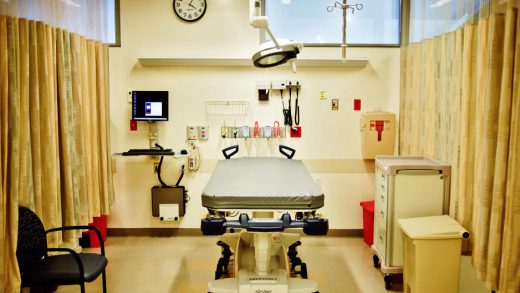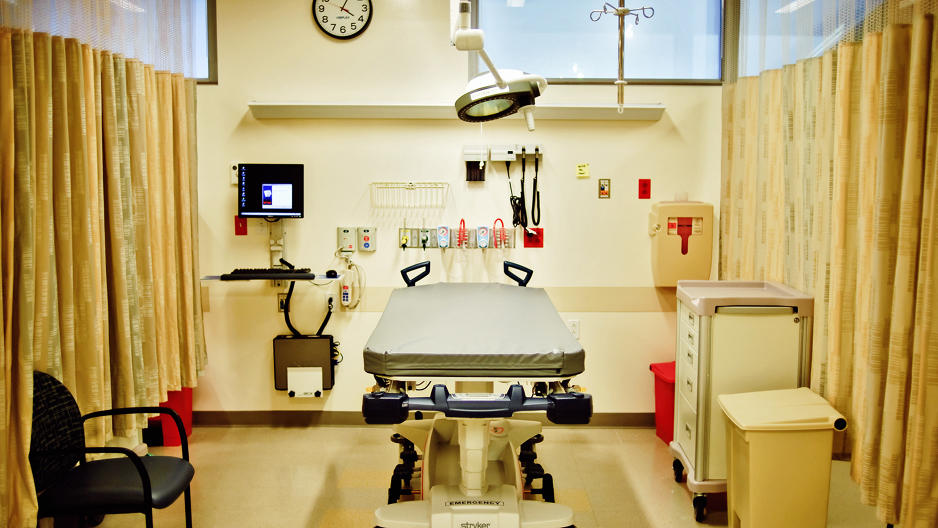The Biggest, Boldest Health Predictions For 2017—Crowdsourced From You
It’s that time of year when we make predictions for what the next 12 months will bring, whether it’s new technology hitting the market or policy reforms. In health care, many industry executives, consultants, and futurists have pointed to the rise of video doctor visits and the advent of artificial intelligence and virtual reality.
But the wild card factor is, of course, Donald Trump. Under President-elect Trump, even the smartest policy wonks are scratching their heads about what’s to come. Will a Trump Administration repeal Obamacare and leave millions uninsured? Will the U.S. Food and Drug Administration no longer work to ensure that new medications are both safe and effective?
Last week, I took to Twitter to crowdsource predictions from you. Our hashtag of choice: #boldHCpredictions. From there, I bucketed dozens of your responses into some key themes or categories. Some of you shared your hopes and dreams; others weren’t expecting much change at all (I understand!).
Greater Diversity
Many of you want to see more diversity in the health startup and venture capital ecosystem. According to research and investment firm Rock Health, only about 10% of venture-backed digital health companies have a female CEO. Overall, only about 7% of investing partners at the top 100 venture and microventure firms are women.
That could start to change in 2017, with a range of new companies popping up that serve more diverse populations. Women’s health, in particular, made strides in 2016 with venture-backed startups tackling everything from helping women track their fertility to supporting mothers as they reenter the workforce. Others saw an opportunity for a new crop of entrepreneurs to build services for elderly and low-income populations, and not just the 1%.
The Rise Of Telemedicine
Some of you saw an opportunity for doctor’s offices, health systems, and hospitals to deliver care virtually, as opposed to in-person visits. Telemedicine tools have been promised for years, and might finally be living up to their potential.
In 2016, smartphone proliferation, big investments in telemedicine technologies, and insurance companies reimbursing more of these services made an impact. Kaiser Permanente reported that 50% of its visits are now conducted virtually. That trend looks set to continue in the coming year.
Spurring Innovation
The House recently passed a $6.3 billion bill known as the 21st Century Cures Act that promises to streamline processes of how new drugs are approved. The stated goal is to speed up the time it takes for patients to receive potentially life-saving medications. Those opposed to the bill suggest that it gives too many handouts to the pharmaceutical sector. But many in the health community believe that it will spur health entrepreneurship.
Patients Taking Charge
2017 might well be the year of the patient. Increasingly, we are all aware of our rights to access our medical information. According to AthenaInsight, the research arm of the electronic medical record company AthenaHealth, some 84% of Americans want access to their health records, but only 37% have it.
In addition, patients are now shouldering more of their health costs. One potential outcome is that we will start to shop for care and will be increasingly reliant on tools that shed light on the cost and/or quality of a range of health services. Many of you predicted that consumers will be in the driver’s seat when it comes to making health decisions.
Another way in which patients could get involved in 2017 is with medical research and clinical trials. Rock Health’s most recent consumer adoption survey showed that people are increasingly open to sharing their data for the purposes of research, despite privacy concerns. Apple’s ResearchKit and other tools were introduced this year to make it easier for people to contribute their health data to studies.
Interoperability, finally!
Some optimists believe that 2017 could finally be the year that the health IT sector cracks the interoperability nut. Electronic medical record systems don’t easily connect to one another, and for many patients, accessing their medical record remains a nightmare. The health sector is still reliant on antiquated technologies like the fax machine, and a lot of important patient information—notes, images—are not machine-readable. That means they can’t easily be accessed by patients online or via a smartphone. In 2017, industry collaborations and other efforts are poised to make improvements. It remans to be seen, however, if Trump’s Administration will make this issue a priority.
The Rise Of Genomics
Genomics was a buzzy topic in 2016, with companies offering people the chance to get their DNA sequenced for less than $1,000. Only a decade ago, it would have set you back hundreds of thousands of dollars. In the clinical world, opportunities abound, from targeted drug therapies for patients with cancer to blood tests that can uncover signs of fetal abnormalities in pregnant women. Helix and Genos, companies that are rolling out in 2017, see new opportunities to bring sequencing to consumers.
Something, Anything Happens
For all the talk about how technology and/or innovation will transform health care, how many of us are actually experiencing real change? I’ve heard terms like “patient experience” and “empowered patient” used incessantly, but that hasn’t stopped us from spending hours on hold with an insurance company or getting charged a seemingly arbitrarily high price for a medication. Many of you shared that 2017 might be the year for change, even if it’s incremental at best. It would be heartening, for instance, if more patients got access to online tools to schedule appointments and communicate with their doctor between visits.
We’re Doomed
Fair enough.
Fast Company , Read Full Story
(32)



